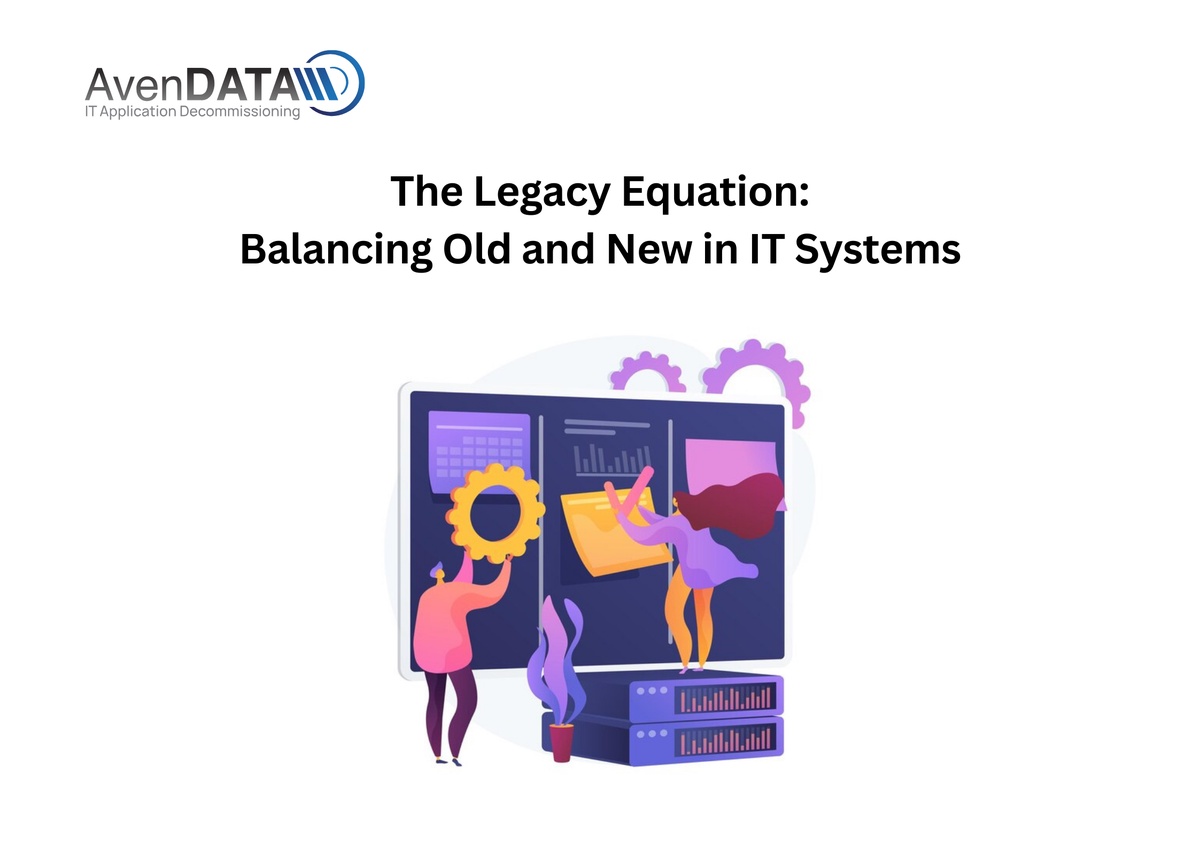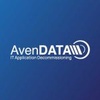Introduction: In the realm of IT systems, organizations often find themselves grappling with the challenge of balancing legacy systems, which have long been the backbone of their operations, with the need to embrace new technologies and innovations. This delicate equilibrium is crucial to ensure smooth operations, maximize efficiency, and foster continued growth. In this blog, we explore the legacy equation and shed light on strategies for effectively balancing old and new in IT systems.
Understanding Legacy Systems: IT Legacy systems, often built on outdated technologies, hold valuable institutional knowledge and are deeply ingrained in an organization’s operations. They have proven their reliability over time and are trusted to handle critical business functions. However, they also come with certain limitations:
a. Inflexibility: Legacy systems can be rigid and challenging to modify or integrate with modern technologies. This lack of flexibility can hinder innovation and the ability to adapt to evolving business requirements.
b. Cost of Maintenance: Maintaining legacy systems can be costly, as they often require specialized expertise, regular updates, and ongoing support. These expenses can strain resources and divert funds from strategic initiatives.
c. Security Risks: Outdated systems may lack robust security features and are more susceptible to cyber threats. This poses a significant risk to sensitive data and exposes organizations to potential breaches and regulatory non-compliance.
Embracing New Technologies: While legacy systems have their merits, embracing new technologies is essential to stay competitive and meet evolving business needs. Here are strategies for effectively incorporating new technologies into your IT ecosystem:
a. Identify Pain Points: Assess your organization’s pain points and areas where legacy systems are holding back progress. Identify specific business areas that could benefit from modernization, such as customer experience, data analytics, or workflow automation.
b. Prioritize Modernization: Prioritize which systems or processes to modernize based on their impact on business outcomes and potential return on investment. This approach allows for a phased transition and minimizes disruption.
c. Cloud Adoption: Explore the benefits of cloud computing, which offers scalability, cost efficiency, and enhanced collaboration. Migrating certain functions or applications to the cloud can help modernize your IT infrastructure while preserving legacy systems in the short term.
d. Hybrid Approach: Consider adopting a hybrid IT approach that combines legacy systems with newer technologies. This approach allows organizations to leverage the strengths of both systems while gradually transitioning to a more modern framework.
e. Application Programming Interfaces (APIs): APIs enable seamless integration between legacy and modern systems, facilitating data exchange and interoperability. By connecting legacy systems with newer applications through APIs, organizations can extend the lifespan of their legacy investments while gaining the benefits of modern functionality.
Mitigating Risks and Challenges: As you strive to strike a balance between old and new in your IT systems, it is important to address potential risks and challenges:
a. Security Measures: Implement robust security measures to protect both legacy and modern systems. Regular vulnerability assessments, encryption, and access controls are crucial to safeguarding your IT infrastructure against cyber threats.
b. Data Migration: When modernizing, ensure a smooth transition of data from legacy systems to new platforms. Develop a comprehensive data migration plan that includes data cleansing, validation, and testing to maintain data integrity.
c. Change Management: Proper change management is vital to ensure a smooth transition from legacy to modern systems. Involve stakeholders, communicate the benefits of the transition, and provide training and support to help employees adapt to the new technologies.
d. Preservation of Institutional Knowledge: Legacy systems often contain valuable institutional knowledge. Ensure that this knowledge is documented and transferred to new systems or shared with relevant stakeholders to preserve its value.
Leveraging the Best of Both Worlds: By striking the right balance between old and new in your IT systems, organizations can leverage the best of both worlds. Legacy systems provide stability, reliability, and institutional knowledge, while new technologies offer innovation, scalability, and agility. The key lies in identifying the right areas for modernization and strategically integrating new technologies to enhance the overall efficiency and effectiveness of your IT ecosystem.
Conclusion: The legacy equation is a delicate balance that organizations must strike between their trusted legacy systems and the need to embrace new technologies. By understanding the strengths and limitations of legacy systems, prioritizing modernization efforts, and mitigating associated risks, organizations can effectively incorporate new technologies while leveraging the institutional knowledge embedded in their legacy systems. With careful planning, organizations can navigate the path of IT modernization and achieve a harmonious equilibrium that drives innovation, efficiency, and growth.
#avendata #legacysystems #legacysystem #itsystems #itlegacysystems


No comments yet